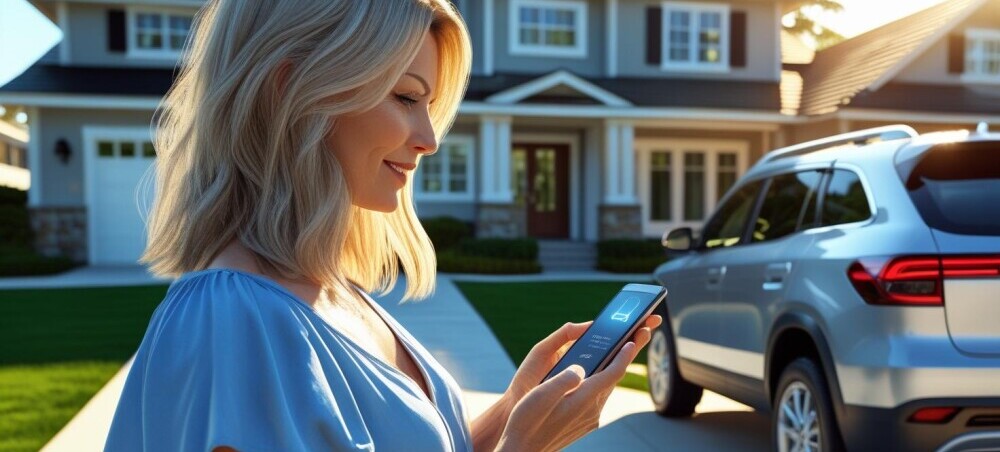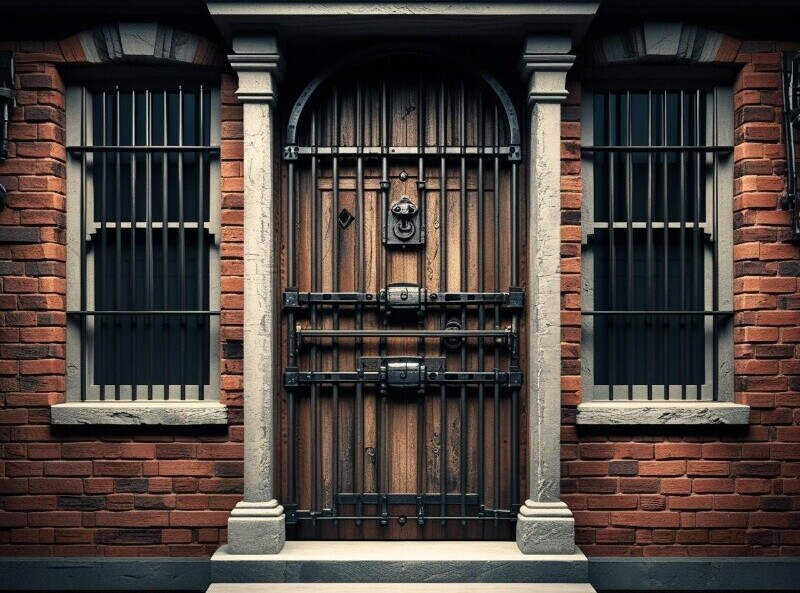Table of Contents

Smart home technology is changing the way we live in our homes. At its core, it’s about connecting various devices in your house to offer convenience, energy efficiency, and increased safety. From smart thermostats and lighting to security systems, these technologies create a more integrated and aware home environment.
When it comes to home security, smart technology offers a significant upgrade from traditional systems by incorporating features like remote access, real-time alerts, and seamless integration with various devices. Imagine being able to check your security cameras and receive notifications of unusual activity straight to your smartphone, no matter where you are.
During crisis situations, such as natural disasters or break-ins, smart home technology stands out. It’s not just about having an alarm anymore; it’s about proactive security measures that can help manage and mitigate the impact of emergencies. This technology provides an added layer of protection by automating responses and staying connected to emergency services.
Having a good grasp of smart home technology and its applications during crises can be empowering. It means understanding that these systems can be tailored to your specific needs, adapting as those needs change. By diving into this tech, you’re not just investing in gadgets—you’re investing in peace of mind.
The Evolution of Home Security: From Traditional to Smart

Home security systems have come a long way since the days of basic door locks and window bars. Traditional systems, while reliable, often require manual operation and don’t adapt well to different types of threats. Typically, they rely on audible alarms and the mere presence of deterrents to fend off intrusions, and if you find yourself at home and in a situation that may turn into a physical battle with said intruder you may find there could also be legal ramifications involved as well.( See Article on Understanding The Legalities of Home/Self-Defense).
Smart home security systems, on the other hand, use technology to enhance security measures, tailoring responses to potential threats. With the Internet of Things (IoT), smart systems can connect a variety of devices such as cameras, sensors, and alarms, all controlled via smartphones or central hubs. This means more robust, flexible protection that isn’t limited by geography—you can monitor your property from anywhere in the world.
Artificial intelligence adds another layer to these systems, analyzing patterns to detect anomalies and predict potential risks. This proactive approach can not only notify you or authorities more quickly but can even automate responses, like locking doors or shutting off utilities during a crisis.
Switching from conventional security to smart solutions provides a host of benefits. These systems offer comprehensive monitoring and data collection, which can prove invaluable in both routine and emergency situations. They empower you with better control and understanding of your home’s safety, allowing for personalized security like never before.
Taking charge with smart home security is about making informed decisions. Evaluate your household needs and choose a system that provides peace of mind and enhances your daily living. It’s not just about improvement; it’s about transforming how you engage with your home’s safety landscape.
Key Features of Smart Security Systems During Crises

During emergencies, having a reliable security system can make all the difference. Smart security systems stand out with their emergency response capabilities. They offer real-time monitoring, providing instant alerts that make it easier to react quickly to any threat. Whether it’s a security breach or a natural disaster, these systems are designed to keep you informed and ready to act.
These smart systems leverage technology to create a web of security, where devices like cameras, motion sensors, and alarms work together seamlessly. This integration allows different parts of your system to communicate, ensuring that any unusual activity triggers an alert across multiple channels. It’s like having an extra set of vigilant eyes around your home at all times.
One of the standout features of smart security systems during crises is their ability to integrate with other emergency services. For instance, if a fire is detected, the system can automatically alert the fire department, reducing response times significantly. Additionally, apps connected to these systems can guide you through emergency protocols, making sure everyone in the household knows what to do.
Smart technology extends its usefulness to personal emergencies as well. Features like wearable panic buttons and remote access ensure you’re never truly alone in distress. It’s reassuring knowing that help can be just a few taps away.
Practical applications of these technologies in real-life scenarios show their value beyond traditional setups. During natural calamities, smart systems can monitor environmental conditions, alerting you to evacuate or take safety measures well in advance. It’s not just good tech; it’s essential in safeguarding lives.
Ensuring Reliability and Trustworthiness in Crisis Times
Trust in technology is paramount, especially when your safety is at stake. Smart home security systems must be reliable, providing consistent performance without fail. It all starts with the integrity of the data they manage. These systems collect a significant amount of information, and protecting this data from breaches is critical for maintaining your privacy and safety.
When selecting a smart security system, evaluating the reliability and effectiveness of devices is crucial. Consider looking at product reviews, brand reputation, and third-party evaluations. Understanding how these systems perform in real-world crisis situations can offer insights into their reliability.
Choosing the right brand is also about trust. Opt for companies that have a solid track record in security technology. Look for systems that offer warranties, robust customer support, and regular updates that address vulnerabilities.
Real-life user testimonials can be a great resource when assessing these technologies. Hearing firsthand accounts from those who’ve relied on their systems during emergencies provides practical information. Case studies can illustrate how these systems have successfully mitigated risks and protected homes when it mattered most.
Stepping into smart security isn’t just about adopting new tech; it’s about forming a partnership with a system that has your back when things get tough. Evaluate all aspects thoroughly to make an informed decision that fits your safety needs.
Future Trends: Innovating Beyond Conventional Security
Technology never stands still, and the future of smart home security is looking increasingly sophisticated. Upcoming innovations promise to take safety and efficiency to new heights, making our homes more secure than ever before.
One of the most exciting advancements is the integration of artificial intelligence and machine learning into security systems. AI can analyze large sets of data much faster and more accurately than humans. This means systems can predict potential security threats before they occur by recognizing patterns and anomalies that might otherwise go unnoticed.
Another trend is the use of predictive analytics for crisis management. This technology helps identify risks and assists in strategic planning to mitigate these threats before they become real issues. It allows for a well-prepared defense system, ready to face challenges head-on.
Furthermore, we’re seeing the development of more interconnected smart home ecosystems. Devices will communicate with each other seamlessly, creating a network that enhances security, energy efficiency, and overall convenience. Imagine a system where your smart lights signal you during an intrusion by flashing red, all triggered by a single command from your security hub.
Continuing to invest in innovations, these technologies hold the promise of making our lives not only safer but also smarter. For homeowners, staying informed about these trends is key to maximizing the security potential of their homes. It’s about embracing changes that not only protect but also improve everyday living, blending security with modern convenience.

This post couldn’t be more timely. Our city has been facing a wave of break-ins over the past couple of months, and it has made many of us rethink how we protect our homes. I genuinely believe smart home technologies aren’t just convenient—they’re essential now. Features like real-time alerts, remote access, and emergency response integration could make a huge difference, especially for families who are often away or live in quieter neighborhoods.
I’m curious—are there specific smart systems that have proven most effective during actual break-in incidents? And how well do these systems hold up in areas with spotty internet or power interruptions? This tech gives me hope for restoring a sense of safety, and it’s good to know it’s evolving to meet real-world threats.
Thanks for spotlighting something so relevant and practical!
Hi Alice
Thank You for your comments. Actually, with the advent of AI becoming more integrated into our systems and also with the ability to make use of renewables (particularly solar powered back up generators), technology has really brought us far in the realm of home security. The integration of AI even allows for some systems to integrate into your smart home system technology that you might already have (like shutting off lights, or turning them on with a timer at specific times when your gone), as well as be able to detect potential problems before they happen.